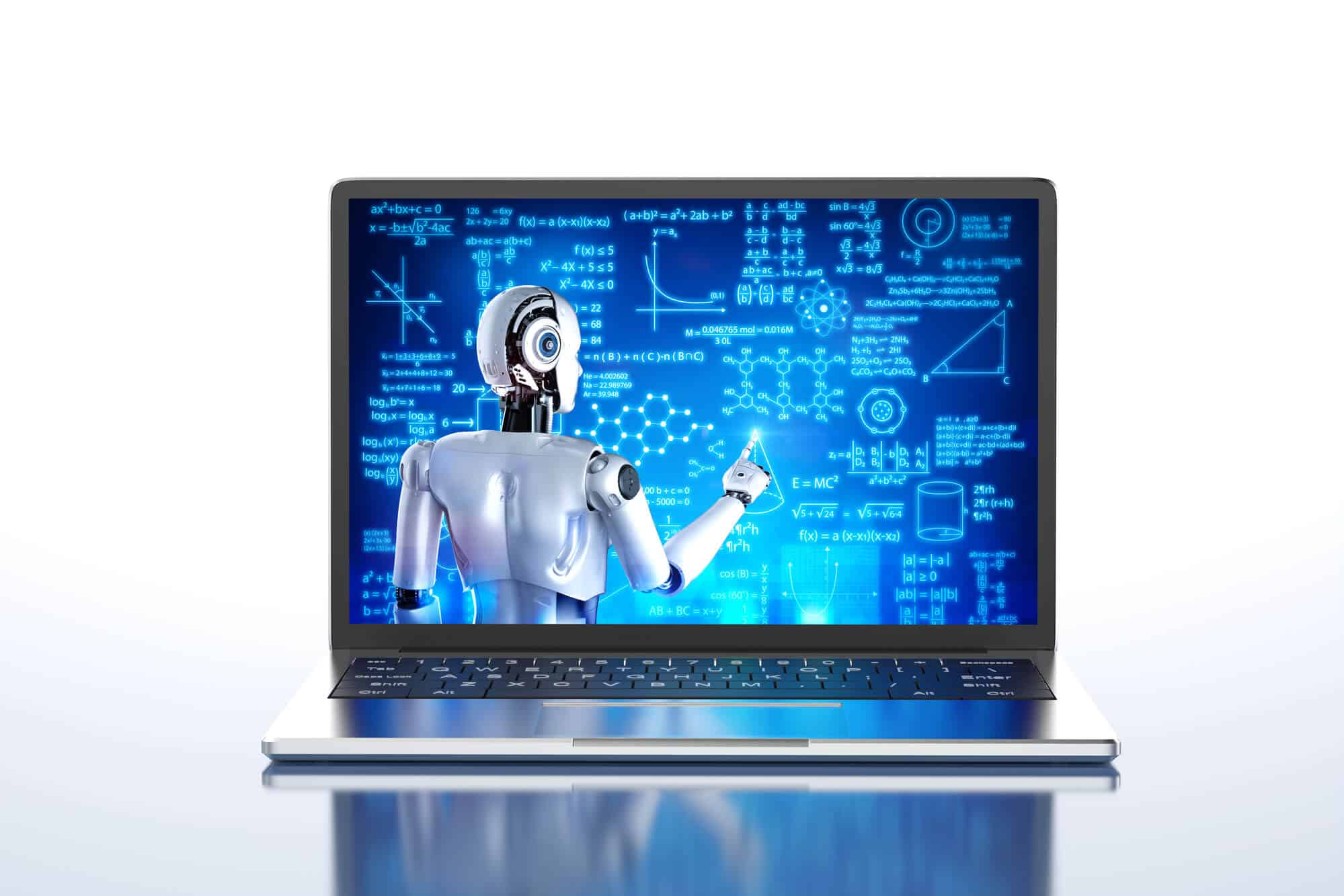Emerging technologies such as artificial intelligence (and especially creative artificial intelligence such as Dali or CHATGPT, as well as older technologies such as virtual and augmented reality and blockchain) have the potential to significantly change the way we learn and teach

Emerging technologies such as artificial intelligence (and especially creative artificial intelligence such as Dali or CHATGPT, as well as older technologies such as virtual and augmented reality and blockchain) have the potential to significantly change the way we learn and teach.
A study of one of the key trends in the future of learning is personalized learning, where students can learn at their own pace and according to their needs and preferences. Emerging technologies such as adaptive learning systems and intelligent tutoring systems can help personalize learning by providing personalized content and feedback to individual learners.
Researchers from Canada and Ghana claim that emerging technologies can help create more immersive and engaging learning experiences through the use of virtual and augmented reality. These technologies can enable students to explore and interact with content in new ways, making learning more interactive and dynamic.
In addition, the article highlights the potential of blockchain technology to create more transparent and secure systems for approvals and certification, which may have significant implications for the future of higher education.
Creative artificial intelligence
The term generative artificial intelligence (or creative artificial intelligence) refers to the use of artificial intelligence to create new content, such as images, music or text. The role of generative artificial intelligence is to facilitate the creation of content that is difficult or time-consuming for humans to produce.
Generative AI has several applications in various industries. In the field of art and design, generative artificial intelligence can be used to create original and unique works of art and designs. In the music industry, generative artificial intelligence can be used to create new pieces of music or to assist in the composition process.
In the field of language, generative artificial intelligence can be used to create new text or to assist in the writing process. For example, it can be used to create news articles or help create marketing content.
Generative AI can also be used in the gaming industry to create new game environments and characters. In addition, it has potential applications in the field of medicine, where it can be used to create new drugs or help diagnose diseases.
In education, generative artificial intelligence has the potential to transform the way students learn and interact with content. According to the article, generative artificial intelligence can be used to create personalized learning experiences that suit the needs and preferences of individual students.
For example, generative artificial intelligence can be used to create personalized educational content such as quizzes, exercises and simulations, based on a student's learning history and performance. It can also be used to create personalized feedback and support for students, providing them with guidance and resources to help them improve their understanding of a particular topic.
Generative artificial intelligence can also be used to create immersive and engaging learning experiences through the creation of virtual and augmented reality environments. These environments can be used to simulate real-world situations, providing students with opportunities to explore and interact with content in new ways.
The blockchain will make it possible to reduce fraud in education
According to the article, one of the main benefits of using blockchain technology in education is that it provides a secure and transparent way to store and verify educational records. This can help reduce fraud and ensure that educational credentials are valid and recognized by employers and other educational institutions.
In addition, blockchain technology can allow students greater control over their educational records and credentials. They can store their records on a decentralized network that is not controlled by any single institution, and they can choose who has access to their records and for what purposes.
Furthermore, blockchain technology can help increase access to education and reduce barriers to entry for students who may not have access to regular educational institutions. For example, it can be used to create a decentralized online education platform accessible to anyone with an Internet connection.
In addition to creative artificial intelligence and blockchain, the article also notes other technologies that can improve the learning experience:
- Virtual and augmented reality (VR/AR) can be used to create immersive and engaging learning experiences, provide simulations for instructional purposes, and help students visualize complex concepts
- The Internet of Things (IoT): IoT can be used to create smart classrooms and campuses, automate administrative tasks, and provide real-time data on student performance.
- Robotics: Robotics can be used to provide hands-on learning experiences, automate administrative tasks, and provide assistance to students with disabilities.
In conclusion, the researchers note that these emerging technologies have the potential to change education by creating engaging, efficient and personalized learning experiences that meet the needs of individual students. However, it is important to make sure that these technologies are applied in an ethical and responsible manner to avoid exacerbating the existing inequalities and biases in education.
More of the topic in Hayadan:
- Israeli AI startup NeuReality and IBM will jointly build the next generation of artificial intelligence platforms
- Should we replace the politicians with artificial intelligence?
- A more human artificial intelligence
- Artificial intelligence such as CHATGPT will bring about a change in the way we handle texts
- Chatbots should not use emojis

One response
I wish the poor students in Israel could use AI and finally learn something and not be slaves to the teachers, who come to rest and threaten strikes, I wish the Minister of Education would start using AI